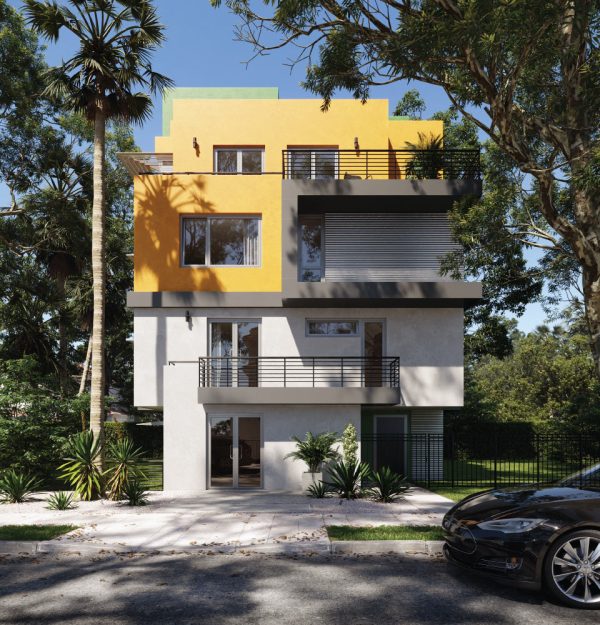3D house rendering services have changed how we perceive and execute interior design projects. As the demand for more immersive and visually stunning designs grows, the significance of 3D home rendering services cannot be overstated. This article highlights the transformative impact of 3D property rendering on interior design and decoration, shedding light on its evolution, benefits, challenges, and the exciting future it holds for the industry.

Interior Design and Decoration: What Has Changed?
Traditionally, interior design has been a field reliant on blueprints, sketches, and the vivid imagination of designers. However, this approach had limitations, making it challenging for clients to envision the final result and for designers to communicate their ideas accurately. A seismic shift has occurred with integrating 3D property rendering technology, especially residential rendering services. As a result, two-dimensional representations no longer bind designers. Instead, they can create immersive, lifelike renderings that provide a tangible end-product preview.
The Role of 3D House Rendering Services in Interior Design
3D residential rendering services offer enhanced visualization. They bridge designers’ abstract ideas and clients’ expectations. The three-dimensional representation allows for a realistic preview of spaces, enabling clients to make informed decisions and fostering a deeper understanding of the design intent.
Beyond mere visualization, 3D home rendering services facilitate customization and personalization opportunities. As a result, designers can tweak design elements on the fly, allowing clients to explore various options without the need for time-consuming and costly revisions. This dynamic and interactive process empowers clients, making them active participants in shaping their living spaces.
Benefits of 3D House Rendering Services in Interior Design
Incorporating 3D residential rendering services into the interior design process has many benefits. One of the most significant benefits is the newfound efficiency in time and cost. Traditional design methods often involved lengthy back-and-forths between designers and clients, leading to delays and increased expenses. With 3D rendering, the design process becomes streamlined, minimizing the risk of misunderstandings and the need for extensive revisions.
Improved communication is another advantage of 3D residential rendering services. Designers can articulate their concepts with greater clarity, ensuring that clients grasp the nuances of the design. This enhanced communication fosters collaboration, resulting in designs that align more closely with the client’s vision. The ability to visualize the final product before it comes to life reduces the margin for errors and design changes, contributing to a smoother and more cost-effective project execution.
Challenges and Considerations
While the benefits of 3D property rendering are substantial, it is essential to acknowledge the challenges associated with its implementation. Technical hurdles, such as the need for powerful hardware and software, can pose barriers for some designers. Moreover, a learning curve is involved for designers adapting to new technologies and for clients to understand how to navigate and interpret 3D renderings.
Addressing potential misconceptions is also necessary. Some clients may perceive 3D property rendering as a detached, futuristic concept lacking the warmth and personal touch of traditional design methods. Educating clients on the collaborative and enriching nature of the 3D rendering process is germane to dispelling such misconceptions.
What Can You Look Out for In the Future?
The future of 3D property rendering in interior design looks even more promising. New technologies, like virtual reality (VR) and augmented reality (AR), are poised to elevate the design experience. Imagine being able to step into your redesigned living room or virtually rearrange furniture to find the perfect layout – these are the possibilities that the integration of VR and AR brings to the table.
The potential impact on the future of interior design is vast. These technologies will continue to enhance visualization and provide an immersive, interactive design experience. Designers and clients alike can explore spaces in real-time, making decisions with a level of detail and engagement that was once inconceivable.
Conclusion
The impact of 3D house rendering services on interior design and decoration is nothing short of transformative. From its advancement and role in the design process to the practical benefits, challenges, and glimpses into the future, 3D property rendering has become an indispensable tool.
As technology continues to push boundaries, combining creativity and innovation in interior design is destined to reach new heights, offering a dynamic and engaging future for designers and clients. Remember, your dream space is just a rendering away with residential rendering services.





















